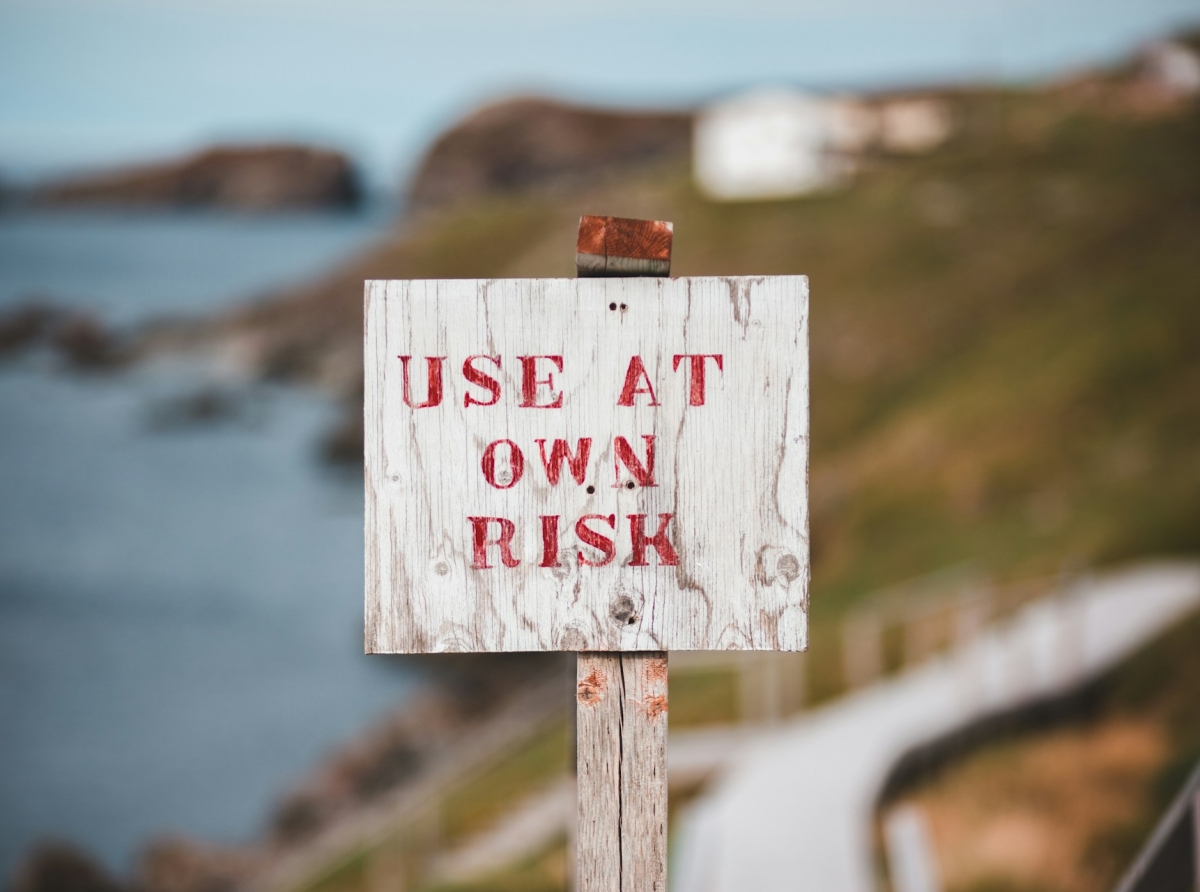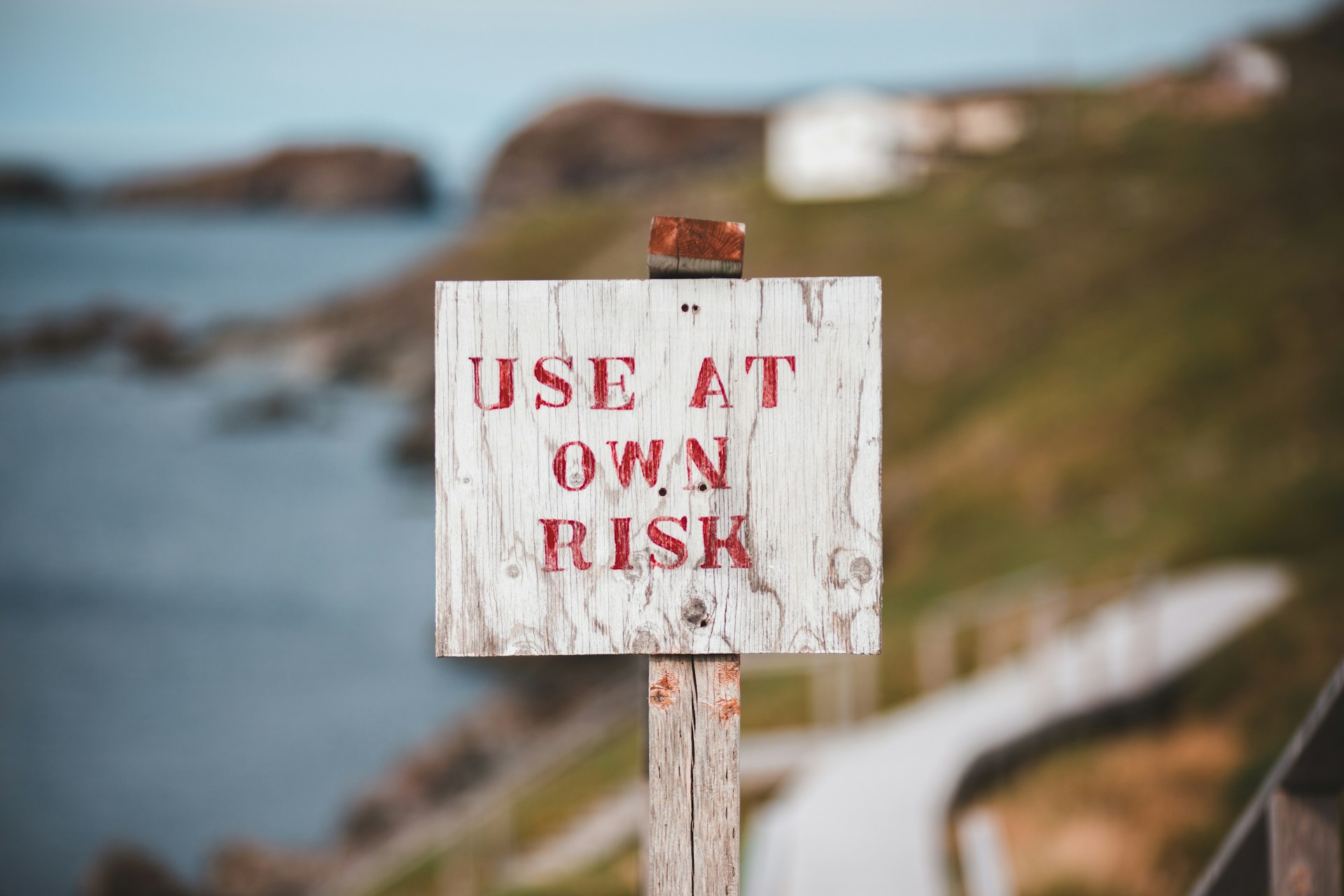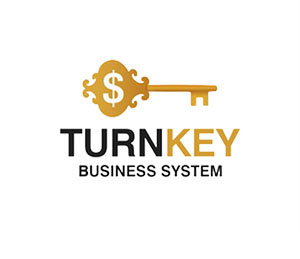The One Percent Rule: Smart Risk Management for Long-Term Success

The One Percent Rule: Smart Risk Management for Long-Term Success
Why Most Traders Fail Before They Begin
In the forex market, where price fluctuations are measured in pips and fortunes can be made or lost in seconds, risk management is not just a safety net — it's the backbone of professional trading.And yet, despite countless courses and strategies, most traders ignore one fundamental principle: protect your capital before chasing profits.
The One Percent Rule may sound simple — even boring — but it’s one of the most powerful concepts in professional trading.
By limiting your risk per trade to no more than 1% of your account, you create space for losses without jeopardizing your long-term success.
It’s the difference between surviving the market and becoming its victim.
Two Giants, One Decision
In the fast-paced world of online trading, few decisions are as impactful as choosing your primary market.For US-based traders, the battle often boils down to Forex vs Crypto.
Both markets offer volatility, opportunity, and 24/5 or 24/7 accessibility—but the mechanics, regulations, and risk dynamics vary greatly.
So which is better for US traders?
The answer depends on your goals, risk appetite, and operational preferences. Let’s break it down.

The One Percent Rule: Smart Risk Management for Long-Term Success
Understanding the 1% Rule — It’s Not About Being Cautious, It’s About Being Consistent
At its core, the 1% Rule dictates that you never expose more than 1% of your total account balance on any single trade.If your account is $10,000, your maximum risk — the amount you’re willing to lose on a trade — is $100. This isn’t about minimizing profit; it’s about maximizing survivability.
In volatile markets like forex or crypto, where even high-probability setups can fail, managing risk per position is what separates structured traders from gamblers.
The rule enforces discipline, forcing traders to calculate their entry, stop-loss, and position size precisely, based on both technical levels and account size.
It’s a mathematical barrier against emotional decisions.
Risk Management Is Strategy, Not Safety Gear
Too many new traders treat risk management as an afterthought — something to clean up a mess, not prevent it. But in truth, the 1% Rule is a trading strategy in itself. It aligns perfectly with swing trading, day trading, and even algorithmic models, especially when combined with positive risk-reward ratios.This principle allows traders to lose multiple times without blowing up their accounts. Imagine losing five trades in a row — emotionally painful, yes, but with the 1% Rule, your drawdown is only 5%. That gives you the space to regroup, refine, and come back — unlike traders who risk 10% or more per trade and burn out after a single bad week.
The Psychology Behind the Rule — Trading With Confidence, Not Fear
One of the most overlooked aspects of the 1% Rule is psychological. Knowing your potential loss is fixed — and small — helps reduce anxiety, which in turn allows for more objective decisions. There’s no panic, no “all or nothing” behavior. You’re not trying to get rich from one trade. You’re working a system.This mindset shift is critical in volatile environments. Whether you’re trading major forex pairs or reacting to crypto market updates today, emotional clarity gives you a competitive edge. The 1% Rule transforms trading from reactive to proactive — from desperate to deliberate.
Why Top Traders Follow It — And Why Beginners Ignore It
Successful traders aren’t always those with the best setups — they’re often the ones who lose the least when they’re wrong. They respect the numbers. They know that in the long run, no strategy is perfect, but smart risk control is permanent. And nearly all of them follow some version of the One Percent Rule.Beginners, on the other hand, often chase profits and take outsized risks, especially after early wins. They increase their lot size emotionally, not mathematically. But the market doesn’t care about confidence — only consistency. This is why the 1% Rule is such a powerful filter. It rewards patience, punishes recklessness, and creates conditions for compounding success.
Applying the Rule in the Real Market — A Quiet Revolution
You won’t find the One Percent Rule on flashy Instagram charts or get-rich-quick Telegram groups. It doesn’t promise overnight wealth or viral glory. But behind the scenes, this quiet principle powers some of the most successful trading desks in the world.It’s in the way institutional traders allocate exposure. It’s behind algorithmic models that limit drawdowns. And it’s visible in traders who stay in the game for 5, 10, or 20 years — not just one lucky month.
The beauty of the 1% Rule is that it's universally scalable. Whether you're trading with $1,000 or $1 million, the logic remains the same. It's not about how much you make on a single trade. It's about how many trades you can survive, learn from, and improve over time.
Stay in the Game, and the Game Becomes Yours
In trading, as in life, longevity creates opportunity. You can’t win if you don’t survive. The One Percent Rule isn’t about limiting ambition — it’s about engineering sustainability.If you’re serious about learning how to become a successful trader, forget about doubling your account in a week. Focus on protecting your capital, managing risk, and staying emotionally neutral. That’s the real edge — not a secret indicator, but disciplined risk control.
Because in this business, it’s not the bold who win — it’s the consistent.
Want to trade with less stress and more control?
Learn how professional risk management drives long-term growth at fx24news.com
Written by Jake Sullivan
July 21, 2025









Report
My comments